Introduction:
It is very hard to differentiate what is a passing trend and what will be a proven technology for the coming years ahead.
While the main key behind a technology architecture is the business strategy, there are many technology stacks that can back this up. Customer facing web user interfaces generally have use JavaScript frameworks to allow interactivity with the user, template for content creation and hooks into APIs or databases. There are usually legacy systems to integrate with and asynchronous processing is becoming the norm to bring them to as near real time as possible.
Details:
This article will examine a number of the most popular opensource software frameworks available on GitHub. It will attempt to rank these solutions by the number of commits that they have.
Code Commits: Notes each time that a develop has made a change and saved it into the code based (repository). It doesn't necessarily indicate how big a change was made. It could be as small as adding a comment to as large as the release of a new version.

Here we have a look at the historic commits for various projects on a weekly basis for the past year. Here we can see node sits very actively above the rest which makes sense as it is heavily used by companies such as Netflix, Linked In, Uber and eBay.

Here is a bar chart of the average weekly commits over the same time period. We can see node has triple the commits of react. Ember and Meteor are two frameworks which appear to be gaining popularity.
Conclusions:
Looking at the number of commits gives some hints to the relative importance of the frameworks, however, it can not be relied on alone. It is key to see commits happening for a software project as it shows that development is happening. See below for the graphs for each framework individually.
Next Steps:
Investigate other quantitative measure available on GitHub
Try for database frameworks and those developed by corporates
References:
Node.js JavaScript runtime Website: https://nodejs.org/ Health Rating (1-100): 85
Knockout makes it easier to create rich, responsive UIs with JavaScript Website: http://knockoutjs.com/ Health Rating (1-100): 42
AngularJS - HTML enhanced for web apps! Website: https://angularjs.org Health Rating (1-100): 85
React: A declarative, efficient, and flexible JavaScript library for building user interfaces. Website: https://reactjs.org Health Rating (1-100): 85
Vue.js is a progressive, incrementally-adoptable JavaScript framework for building UI on the web. Website: http://vuejs.org Health Rating (1-100): 85
Ember.js - A JavaScript framework for creating ambitious web applications Website: https://emberjs.com Health Rating (1-100): 85
Meteor, the JavaScript App Platform Website: https://www.meteor.com Health Rating (1-100): 85
Polymer: Starter templates for building full-featured Progressive Web Apps from web components. Website: https://pwa-starter-kit.polymer-project.org Health Rating (1-100): 28
The Aurelia 1 framework entry point, bringing together all the required sub-modules of Aurelia. Website: None Health Rating (1-100): 57
Backbone: Give your JS App some Backbone with Models, Views, Collections, and Events Website: http://backbonejs.org Health Rating (1-100): 66
Mithil: A JavaScript Framework for Building Brilliant Applications Website: https://mithril.js.org Health Rating (1-100): 85
jQuery: JavaScript Library Website: https://jquery.com/ Health Rating (1-100): 85

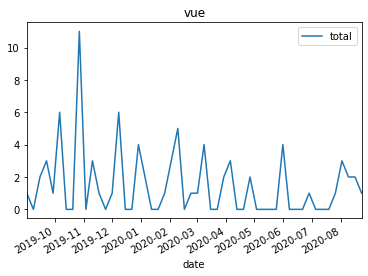



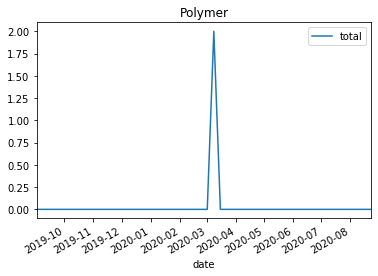

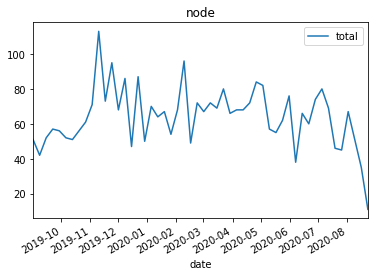

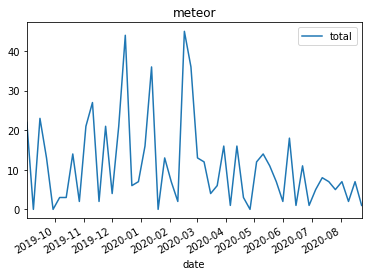

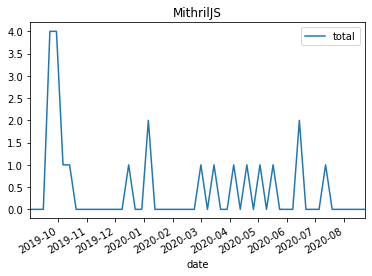

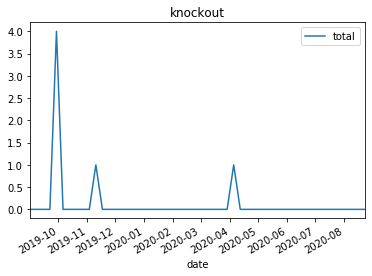

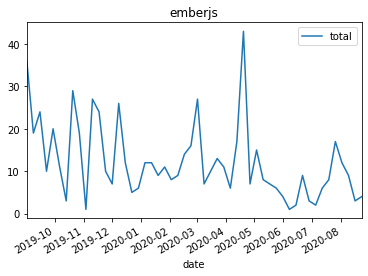

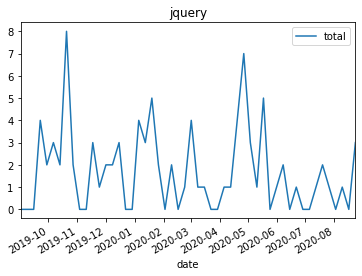

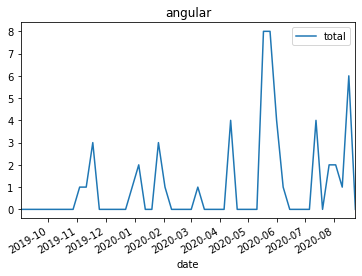

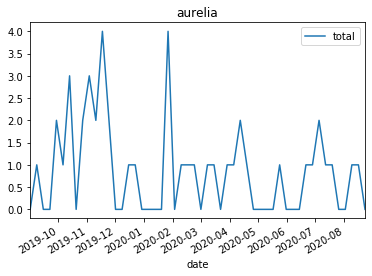

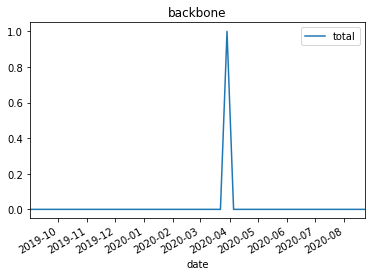
Comments